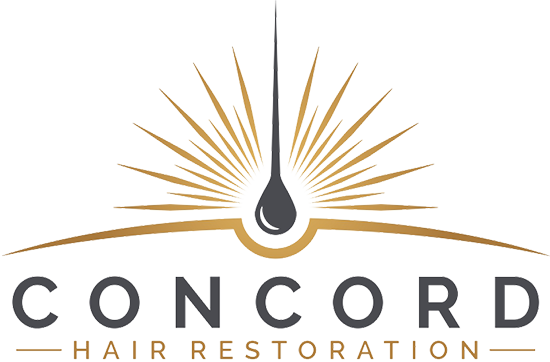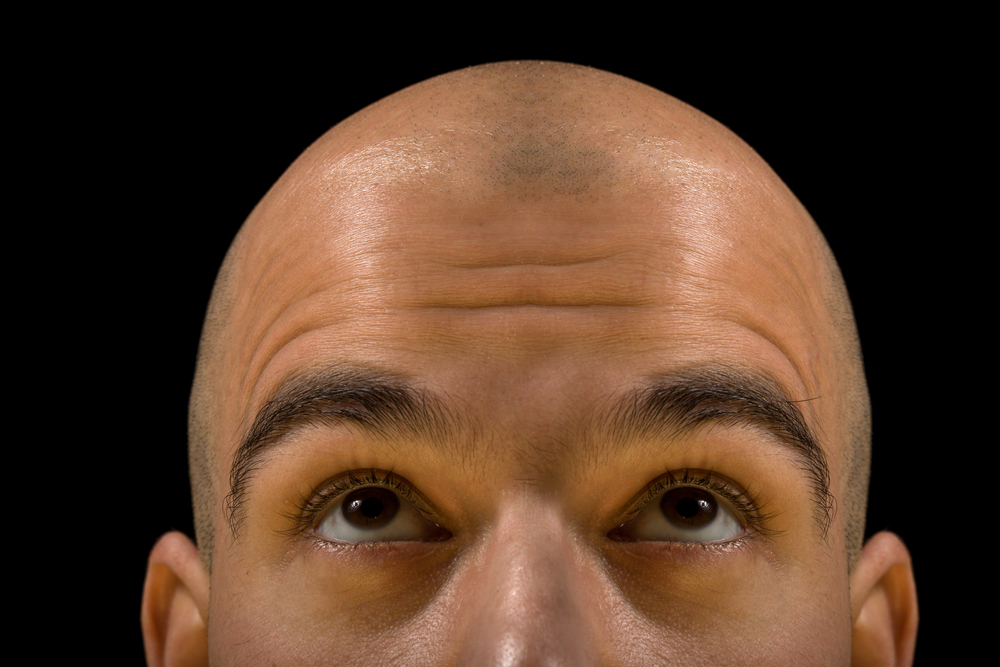Hair loss is a common concern for many individuals, and it can significantly affect one’s self-confidence and overall appearance. While there are various treatments available to combat hair loss, hair transplant surgery has gained significant popularity due to its effectiveness in restoring hair growth. In this article, we will discuss the process of hair transplant surgery, from initial consultation to post-operative care.
1. Introduction
Hair transplant surgery is a surgical procedure that involves the extraction of hair follicles from a donor area, typically the back or sides of the scalp, and implanting them into the areas experiencing hair loss or thinning. It is a minimally invasive procedure that offers a long-term solution for hair restoration.
2. Pre-Operative Consultation
Before undergoing hair transplant surgery, it is essential to have a thorough consultation with a qualified hair transplant surgeon. During this consultation, the surgeon will evaluate your hair loss pattern, discuss your expectations, and determine whether you are a suitable candidate for the procedure. They will also explain the surgical process, potential risks, and provide personalized recommendations.
3. Donor Hair Extraction
The donor hair extraction is a crucial step in the hair transplant surgery process. The surgeon will carefully harvest hair follicles from the donor area using either the follicular unit transplantation (FUT) or follicular unit extraction (FUE) technique. FUT involves removing a thin strip of scalp tissue, while FUE involves extracting individual hair follicles directly from the scalp.
4. Graft Preparation
Once the donor hair is extracted, the grafts need to be prepared for implantation. Highly skilled technicians dissect the harvested grafts under a microscope, separating them into individual follicular units. This meticulous process ensures that the grafts are of the highest quality and viability for transplantation.
5. Recipient Site Preparation
Simultaneously, the recipient site is prepared for graft placement. The surgeon creates tiny incisions or recipient sites in the areas where hair restoration is desired. The angle, direction, and density of the recipient sites are critical in achieving a natural-looking result.
6. Hairline Design
Designing the hairline is a crucial aspect of hair transplant surgery. The surgeon works closely with the patient to create a hairline that suits their facial features and provides a natural appearance. Factors such as age, gender, and individual preferences are taken into consideration during this process.
7. Graft Implantation
The prepared grafts are meticulously implanted into the recipient sites. The surgeon and the surgical team ensure the proper placement of each graft, taking into account the angle and direction of hair growth. This process requires precision and artistry to achieve an aesthetically pleasing outcome.
8. Post-Operative Care
After the surgery, the patient will receive detailed instructions on how to care for the transplanted area. This typically includes guidelines on washing the hair, avoiding strenuous activities, and using prescribed medications to promote healing and prevent infection. It is essential to follow these instructions diligently for optimal results.
9. Recovery and Healing
The transplanted hair follicles will go through a healing process in the weeks following the surgery. Initially, the transplanted hairs may shed, but this is a normal part of the process. Over time, new hair growth will start, and the transplanted hair will become more visible. It is crucial to have realistic expectations and understand that the final results may take several months to fully manifest.
10. Results and Expectations
Hair transplant surgery offers long-lasting results, with the transplanted hair behaving like natural hair. As the transplanted hair grows, it can be washed, styled, and trimmed just like the rest of the hair. The results are typically permanent, providing a renewed sense of confidence and an improved aesthetic appearance.
11. Common Concerns and Risks
Hair transplant surgery, like any surgical procedure, carries some risks. Common concerns include temporary swelling, bruising, itching, and scarring. However, these side effects are usually mild and subside within a few days or weeks. Rare complications may include infection, bleeding, or an unnatural appearance, but these are significantly minimized when the surgery is performed by a skilled and experienced surgeon.
12. FAQs
- How long does a hair transplant surgery take? A hair transplant surgery can take several hours, depending on the extent of the procedure and the number of grafts being transplanted.
- Is hair transplant surgery painful? Local anesthesia is used during the procedure to minimize discomfort. Some patients may experience mild soreness or discomfort in the days following the surgery, which can be managed with prescribed pain medication.
- Are the results of hair transplant surgery permanent? Yes, the transplanted hair follicles are typically permanent and behave like natural hair. However, it is important to note that the existing natural hair may continue to thin over time, requiring potential future procedures.
- When can I expect to see the results of a hair transplant surgery? The transplanted hairs will initially shed within a few weeks of the surgery. New hair growth will start after a few months, and the final results can be expected within 8 to 12 months.
- Can anyone undergo hair transplant surgery? Not everyone is a suitable candidate for hair transplant surgery. Factors such as the extent of hair loss, donor hair availability, and overall health must be evaluated during the consultation process.
13. Conclusion
Hair transplant surgery is a highly effective solution for hair loss and thinning. It offers natural-looking results and can significantly improve one’s self-confidence. By following the outlined process, from consultation to post-operative care, individuals can achieve a fuller head of hair and a rejuvenated appearance.
15. Get Access Now
Get Access Now to discover how hair transplant surgery can help you regain your confidence and achieve natural-looking hair growth.
In conclusion, hair transplant surgery is a viable option for individuals seeking to address hair loss and thinning. The process, from pre-operative consultation to post-operative care, involves careful planning, precision, and expertise. By following the outlined steps and working with a skilled hair transplant surgeon, individuals can achieve successful and satisfying results, enhancing their overall appearance and self-esteem.
Are you tired of dealing with hair loss and longing for a full, natural-looking head of hair?
Look no further than Concord Hair Restoration! Take the first step towards reclaiming your confidence and regaining a thick, healthy head of hair by scheduling your complimentary hair consultation today.
At Concord Hair Restoration, our team of skilled hair transplant specialists is committed to delivering personalized solutions tailored to your specific needs. During your free consultation, our experts will evaluate your hair loss pattern, discuss your goals, and provide recommendations for the most suitable hair restoration options.
Don’t miss out on this exclusive opportunity to receive expert guidance and learn about the latest advancements in hair transplantation. Whether you’re considering a hair transplant or other non-surgical treatments, our team is here to offer comprehensive information and address all of your questions.
Take the first step towards a new chapter of hair confidence! Call us now to schedule your complimentary hair consultation at Concord Hair Restoration. Don’t wait—start your journey to a fuller head of hair today!
San Diego hair transplants: (619) 905-HAIR (4247)
Los Angeles hair transplants: (818) 800-2002

